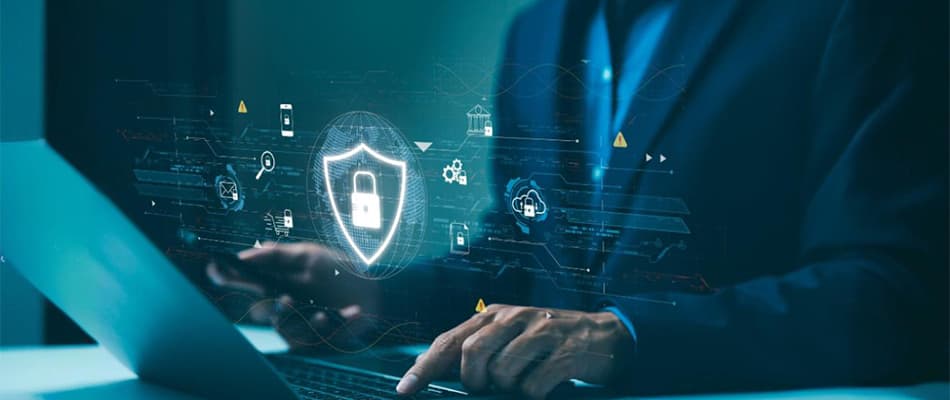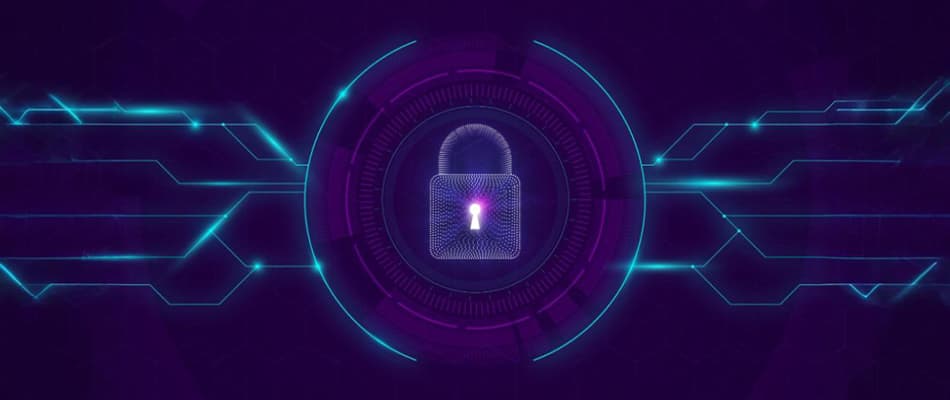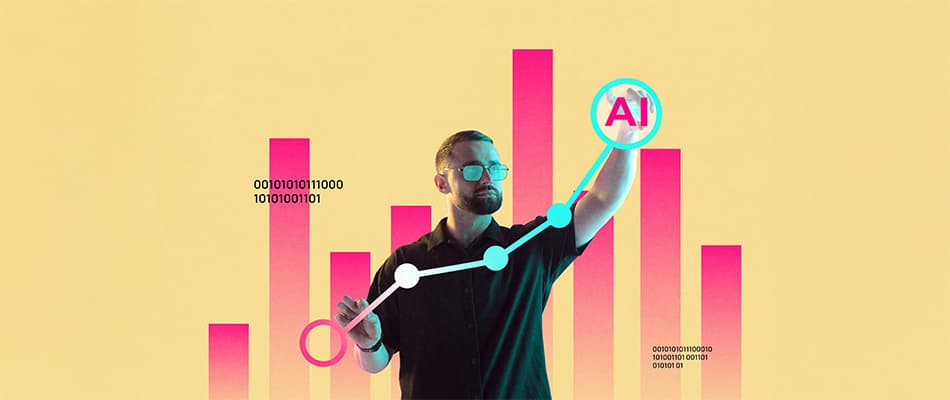Cyber Security Trends for 2026: What You Need to Know
Ever feel like the digital world is moving faster than your security defences? You’re not alone.
Today’s threats aren’t just viruses or simple hacks. We’re talking about smart adversaries, automated attacks, and tools that adapt as quickly as defenders do.
As we head into 2026, the stakes are higher. Organisations of all sizes must rethink how they protect data, systems, and people.
In this article, we’ll explore the top cybersecurity trends for 2026, the threats on the horizon, key information businesses need to know, and how professionals can prepare.
Why 2026 Is a Milestone Year
2026 isn’t just another year for cybersecurity – it marks a shift. Many of the tools, tactics, and techniques used by both attackers and defenders are evolving rapidly. New paradigms, such as agentic AI, deepfakes, quantum threats, and autonomous SOCs, will redefine what “secure” means.
Businesses that view security as a checkbox risk falling behind. Instead, 2026 will be the year when cybersecurity 2026 threats become mainstream, forcing everyone to upgrade not just tools but strategy.
Organisations must move from reactive defence to proactive resilience.
Here are the major shifts you’ll need to watch for heading into 2026:
- Attackers using AI-driven automation rather than one-off hacks.
- Deepfake and synthetic identity attacks becoming common.
- Ransomware-as-a-service going global and on-demand.
- Shift toward Zero-Trust and identity-centric security.
- Quantum and edge computing opening new threat vectors.

4 Major Cybersecurity Trends for 2026
The cybersecurity world is entering a new phase. As threats grow more complex and technology evolves, 2026 will redefine how organisations protect their data and systems. From AI-driven attacks to smarter defence automation, the following year will bring both challenges and opportunities for professionals in this space.
Let’s explore four key cybersecurity trends for 2026 that every organisation and professional should know about.
Trend 1: Deepfakes & Synthetic Identity Attacks
One of the most alarming cybersecurity trends for business in 2026 is the rise of deepfake and synthetic identity attacks.
These are no longer sci-fi concepts. Fake voices, faces, and identities are being used now to impersonate executives, request wire transfers, or trick human and machine defences.
When a system can’t tell real humans from fake voices or videos, your policies and safeguards matter more than ever.
\Here’s what you’ll likely see in this trend:
- Voice cloning used to impersonate leaders and authorise transactions.
- Synthetic personas that pass KYC/AML checks.
- Deepfakes used for social engineering at scale.
- Automated identity fraud across supply chains.
- Organisations adopting media forensics and identity provenance tools.
Read more – What are IT Fundamentals for Cybersecurity?
Trend 2: Agentic AI Attacks & Autonomous SOCs
The future of cybersecurity in 2026 is not just human-driven — it’s machine-augmented. Threat actors are beginning to deploy agentic AI-powered bots that decide, adapt, and carry out attacks with minimal human intervention.
On the defence side, Autonomous SOCs (Security Operations Centres) driven by AI will manage alert floods, coordinate incident responses, and escalate only the most critical risks to humans.
Expect to see these patterns emerging:
- AI bots launching attacks unattended.
- SOCs with AI agents triaging incidents in seconds.
- Credentialed AI-identities being targeted in access attacks.
- Machine-learning-based intrusion detection operating in real time.
- Organisations planning for “non-human identities” in IAM policies.

Trend 3: Quantum-Ready & Supply-Chain Attacks
As we move into 2026, the cybersecurity 2026 threats catalogue will include quantum-powered attacks and truly global supply chain risks. Once safe encryption may become vulnerable as quantum computing advances.
Meanwhile, massive supply chains continue to be exploited as attackers target trusted partners rather than direct victims.
Here’s what to keep an eye on:
- Early adoption of post-quantum cryptography.
- Attackers breaching suppliers to poison packages or firmware.
- Combined AI + quantum attacks on legacy systems.
- Organisations mapping third-party risk more rigorously.
- Movement toward holistic risk management beyond perimeter defence.
Trend 4: Zero-Trust, Cloud & Edge Integration
The future of cybersecurity in 2026 means the perimeter is gone. With hybrid work, cloud services, and edge devices everywhere, traditional defences are obsolete. Zero-trust architectures, cloud-native security, and edge visibility will become the standard rather than an optional approach.
Here’s how this plays out practically:
- Continuous verification of users, devices, and apps.
- Cloud security posture management (CSPM) across multi-cloud.
- Edge device monitoring and secured IoT ecosystems.
- Network micro-segmentation and adaptive access.
- Organisations shifting from static firewalls to dynamic security fabrics.
Learn Why Online Cybersecurity Courses Are Essential for Modern Professionals.
Implications for Organisations & Professionals
These trends are not just scary headlines – they call for action. Organisations must rethink their security posture, invest in new skills, and adapt strategies. Professionals too must upgrade capabilities, from threat modelling to AI-augmented defence.
If you’re still treating security as just a cost centre, you’ll lag behind.
Here’s what this means for you and your team:
- Security budgets moving from prevention to resilience.
- Demand for skills in AI threat detection, cloud security, and quantum readiness.
- Collaboration across departments is becoming critical (IT, operations, supply chain).
- Threat surface expanding – more devices, more users, more vulnerabilities.
- Risk management shifting from “stop attacks” to “recover fast”.

How to Prepare / What to Implement Now?
Preparing for cybersecurity trends for 2026 isn’t about predictions; it’s about building adaptability now. Whether you’re an organisation or an individual professional, there are clear steps you can take today.
Here are actions you should take right away:
- Adopt Zero-Trust principles and map your access flows to ensure seamless security.
- Invest in AI-based security tools and train your staff on their use.
- Audit your supply chain and apply third-party risk frameworks.
- Upskill teams in emerging areas: AI security, quantum threats, edge risk.
- Run incident simulations and build resilience-first strategies.
- Monitor upcoming regulations and security standards.
Learn more about – Attacks, Concepts and Techniques in Cybersecurity.
Conclusion
The year 2026 will redefine our approach to digital security. With threats evolving faster than ever, organisations and professionals must be ready. Cybersecurity trends for 2026 are not just future talk; they demand action today.
If you want to lead your field rather than follow it, now is the time to act. At Digital Regenesys, the Cybersecurity Certificate Course helps you gain real-world skills.
Build your expertise, boost your career, and prepare to tackle tomorrow’s challenges with confidence.
Visit Digital Regenesys and discover how you can upskill in cybersecurity and stay ahead of the curve.
FAQs
What will be the biggest cybersecurity threat in 2026?
The rise of AI-driven attacks (including deepfakes and autonomous agents) and supply-chain compromises will likely dominate.
How will AI change cybersecurity in 2026?
AI becomes both the attacker’s tool and the defender’s weapon, replacing manual threat hunting with algorithmic automation and real-time response.
What will cybersecurity look like for SMEs in 2026?
SMEs will focus more on managed security services, AI-powered defences, and cloud/edge solutions rather than building heavy in-house teams.
Which sectors will be most targeted by cyber-attacks in 2026?
Critical infrastructure, supply chains, cloud service providers, financial services, and edge/IoT-heavy industries will face the greatest risk.
How should organisations prepare for cybersecurity in 2026?
Start with Zero-Trust access, implement AI-enabled detection tools, train teams for new threats, map your supply chain, and build resilience into your operational DNA.













